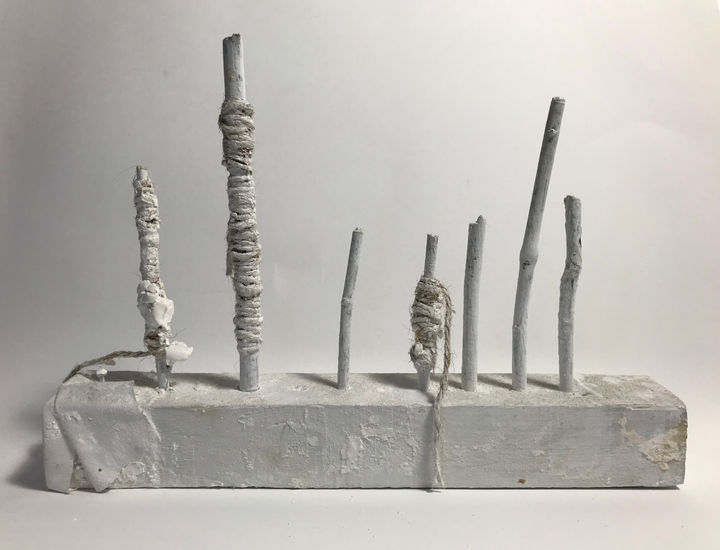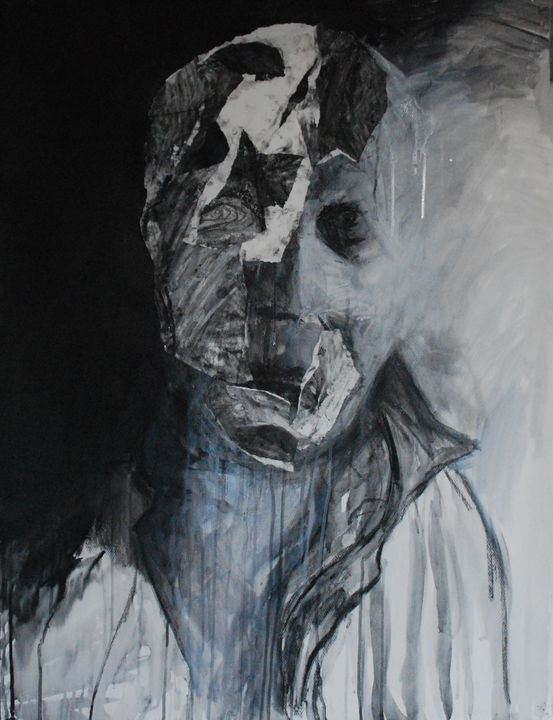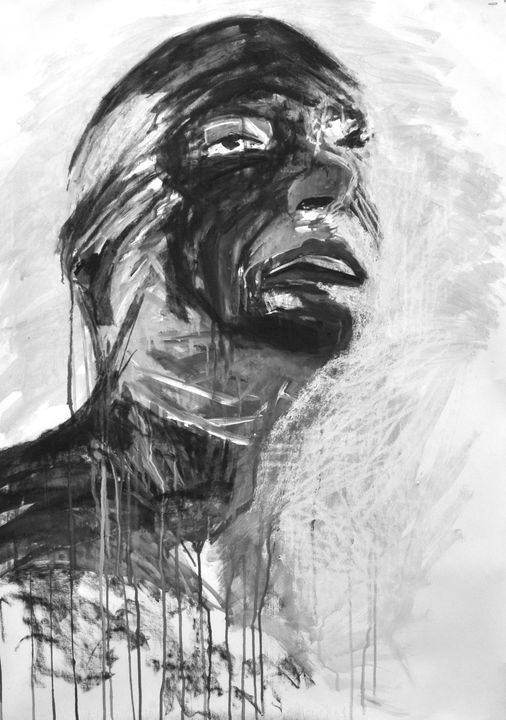The Hazelford Project
In January 2012 I began making work in response to the earthworks at Hazelford in Oxfordshire. Once a small hamlet situated on a mill stream surrounded by trees, it was finally deserted on the eve of the First World War in 1914. What remains today are a number of intriguing features including a couple of ivy clad stone walls of a house and a large brick lined pool used for dyeing cloth (the village had a history of textiles and papermaking). Working from this location brought me the opportunity to embrace a developing interest in the relationship between art and archaeology. Throughout the project I sought to combine these two disciplines while working with a combination of social and historical research, documentary evidence, an experimental approach to media and processes, and an inventive use of materials.




Part 1. The Lost Village 2012 - 2013
Exhibition
In May 2013 I showed Part 1 as part of an Oxfordshire Artweeks open studio exhibition in collaboration with visual and performance artist Rhiannon Evans. The exhibition attracted a large number of visitors carrying a broad range of interests including: fine art, crafts, botany, archaeology, agriculture and an interest in local industrial history encompassing plush making, fulling, weaving, spinning and dyeing cloth and papermaking – all processes either once present or closely connected with the site. This exchange between the work and our visitors proved invaluable in terms of bringing us new and interesting information with which to further our creative ideas and take the project on into the future.




Part 2. Past Present 2013 - 2015
The following work grew out of The Lost Village encapsulating a long term interest in marks left behind in the landscape through the natural processes of weathering and erosion with the emergence of new concerns about the traces of human occupation.
Part 3. The Inheritors 2015 -2016
This further continuation of the project took a wholly figurative turn as I found myself reflecting upon and imagining just what the quality of life would really have been like for the inhabitants of the lost village of Hazelford.
This phase of the project was initially inspired by my own drawings, made back in 2011, of the enigmatic figures by Mike Roles situated in the Broomhill Sculpture Garden in North Devon. These dark and brooding forms communicated something of the underlying struggle of the human condition of buried emotions rarely brought to the surface, of anger, pain, and hidden resentment remaining undisclosed.































